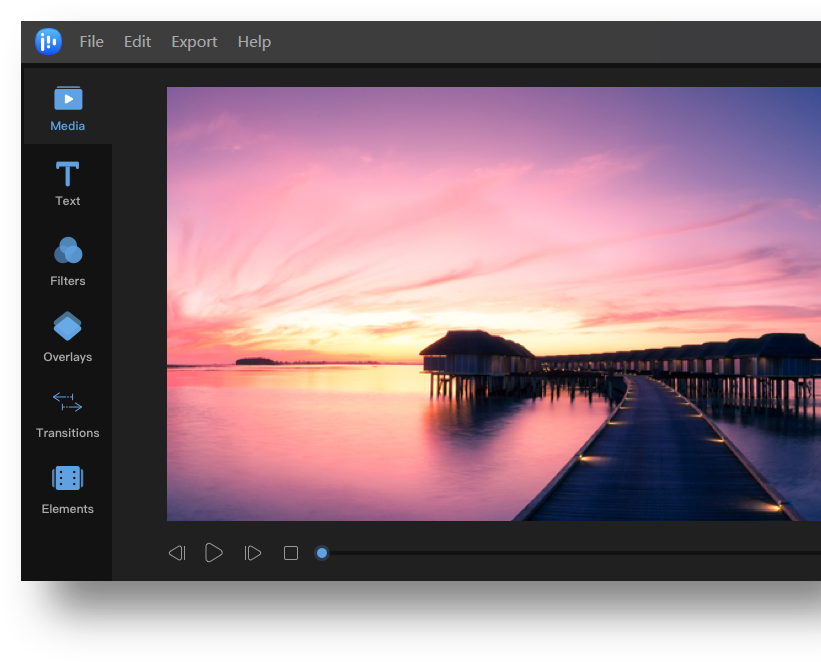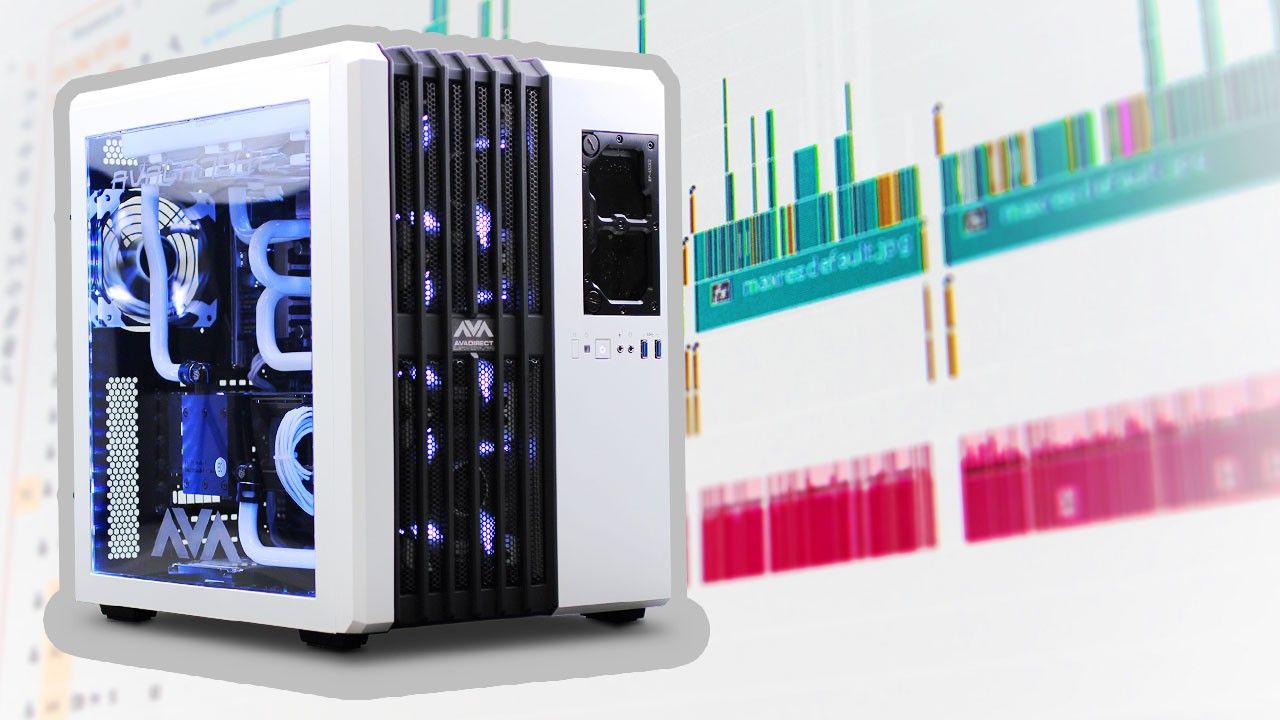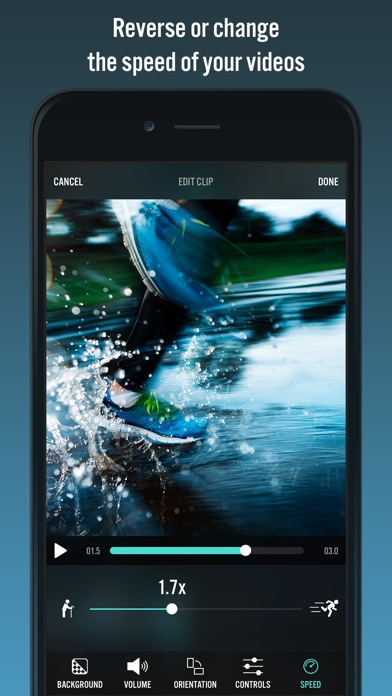

Once added, the timeline will automatically break your video into 10-second segments for easier navigation.

Moreover, you can choose to upload an entire clip or parts of it. You can import videos from your digital video camera and even upload photo and audio files. Windows Movie Maker offers several ways to upload your materials. You can then start adding clips to your timeline. To start a project, click the New Project button under the File menu and save it under a new name. The timeline is also where you choose which parts of the video you would like to apply effects, filters, and other video enhancements. It is where you can navigate through the clips, split them when necessary, and arrange them to your liking. You can also toggle the preview screen to full screen.įinally, located on the right side is your storyboard or timeline window. Here, you can use the rewind, fast-forward, and play buttons to move to the part you like to view.

With this, you can see what the sequence would look like as an output.

As the name suggests, this is where you can view the playback of your project. Of course, you can also access the option to save your work in this part as well.īelow the Ribbon, to the left side of the window is the Preview tool. Here is where you also add your clips, photos, and audio files to the timeline. The top is the Ribbon, where you can access various tools, such as transitions, effects, captions, audio levels, and more. The app has three regions that you can use. You can find links to other useful Open Source audio and audio-visual applications, that you can download and use, in the Audacity Wiki.What makes Windows Movie Maker stand out among free video editors is its easy-to-use interface.Other Open Source Audio and Audio-Visual Applications You may copy, distribute, modify and/or resell Audacity, under the terms of the GNU GPL.To build Audacity yourself, download the source code.Although there are a number of sellers of Audacity software on ebay, Amazon, Microsoft Store and Apple Store, none of these sellers are affiliated to Audacity, and none have contributed in any way to the Audacity project.Source code and user manuals for some old versions are available on FossHub, as well as AppImages since version 3.0.3. For Linux, the appropriate version of Audacity for your operating system is usually included in your distribution’s repository.For macOS 10.12 (Sierra) and earlier, legacy versions of Audacity are available on the Legacy Mac downloads page.For Windows 7 and earlier, legacy versions of Audacity are available on the Legacy Windows downloads page.


 0 kommentar(er)
0 kommentar(er)
